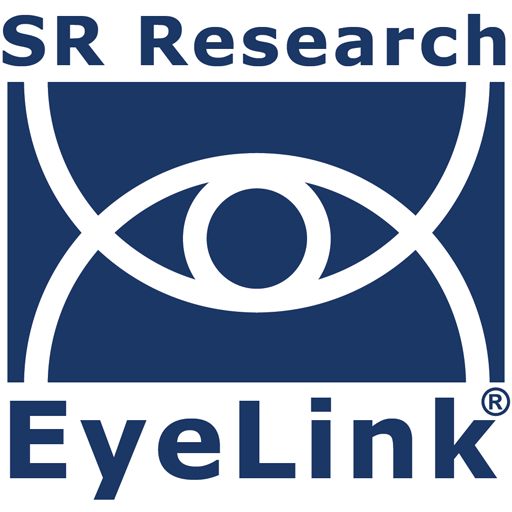Case Study: The Role of Eye-Tracking in Unmasking Social Attention

The distinction between social and non-social attention has long been a subject of debate in social psychology. While previous research often focused on attention engagement, a recent study by Wang, Lin, and Ding (2024) sheds new light on this topic by examining both engagement and disengagement.
The study, “Unmasking social attention: The key distinction between social and non-social attention emerges in disengagement, not engagement,” challenged existing assumptions by proposing that the true difference between social and non-social attention lies in the disengagement process rather than engagement. To investigate this, the researchers developed a novel “two-stage attention-shifting task” and extensively utilized eye-tracking equipment across five experiments.
Eye Tracking and Object Detection Methodology
In the task, participants fixate a neutral central cue, flanked by two objects. Once a fixation is detected on the central cue, it changes to a directional cue, either a gaze cue (social, face with eyes looking left, right, or center) or arrow (non-social, arrows pointing left ←, pointing right →, or neutral −) indicating which of the flanking objects was most likely to contain a subsequent discrimination target (a Landholt C). Critically, the discrimination target only appeared within the cued object on 67% of the trials. On the other 33% of trials, the discrimination target appeared close to, but outside, the cued object. Consequently, on these “disengage” trials, once participants had shifted attention to the cued object, they then had to disengage attention and shift it to the target in order to be able to perform the discrimination task.
Throughout the task, participants’ gaze was recorded with a desktop mounted EyeLink 1000 Plus. Attention engagement (AE) was measured as the time between the appearance of the gaze/arrow and the start of the first fixation on the cued object. Attention disengagement (AD) was measured as the time between the appearance of the discrimination target outside the cued object (in disengage trials) and the initiation of the first fixation outside the object. The high levels of accuracy and precision offered by the EyeLink system allowed the researchers to reliably identify the relevant fixations.
Social and Non-Social Attention in Disengagement
Wang et al. consistently observed that social attention (gaze cues) disengaged faster than non-social attention (arrow cues), while no significant difference was found in attention engagement across five experiments. This was a crucial finding that could not have been definitively established without the granular data on fixation times and locations provided by eye-tracking. The authors were also able to rule out alternative explanations for their findings by analyzing fixation distribution width, perceived validity, and processing time using the eye-tracking data.
The study by Wang, Lin, and Ding underscores the indispensable role of eye-tracking technology in modern social psychology research. By providing objective and precise measurements of attention processes, eye-tracking allowed the researchers to overcome the limitations of traditional methods and reveal a fundamental distinction between social and non-social attention in disengagement. This research not only advances our understanding of attention mechanisms but also sets a precedent for how sophisticated technologies like eye-tracking can unlock deeper insights into complex psychological phenomena.
For information regarding how eye tracking can help your research, check out our solutions and product pages or contact us. We are happy to help!
